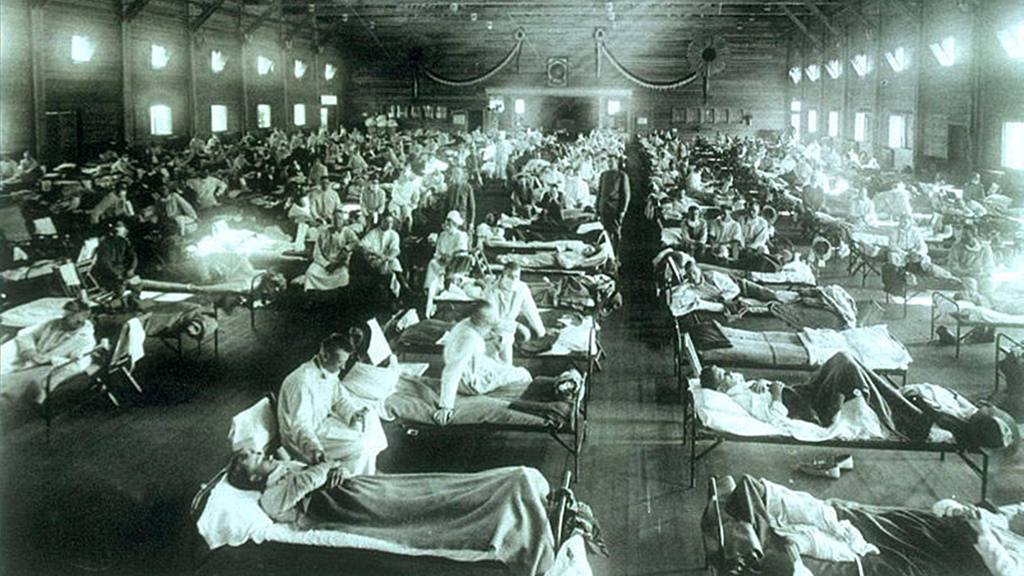Abstract
This case study examines the molecular methods that were used to reverse engineer the 1918 influenza virus strain in order to try and solve the mystery of why it was so deadly. The story starts in the 1950s with the unsuccessful attempts to culture the influenza virus and follows scientists through to the turn of the century when cutting edge molecular tools enabled scientists to finally resurrect the 1918 virus through reverse genetics. The history and methods involved in resurrecting this deadly virus are reviewed in class with a PowerPoint presentation containing clicker questions (answered with a personal response system) and discussion questions (answered in small groups). This "clicker case" is suitable for high school biology and lower division undergraduate biology classes for non-majors. It could also be used in any lower division non-major class focused on human disease and the history of human disease.



